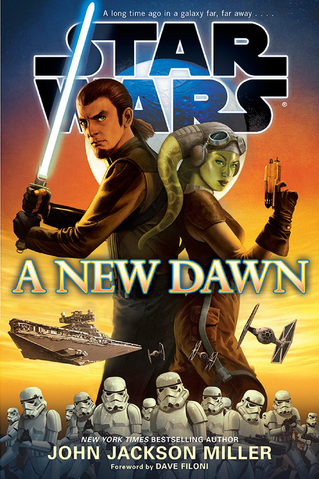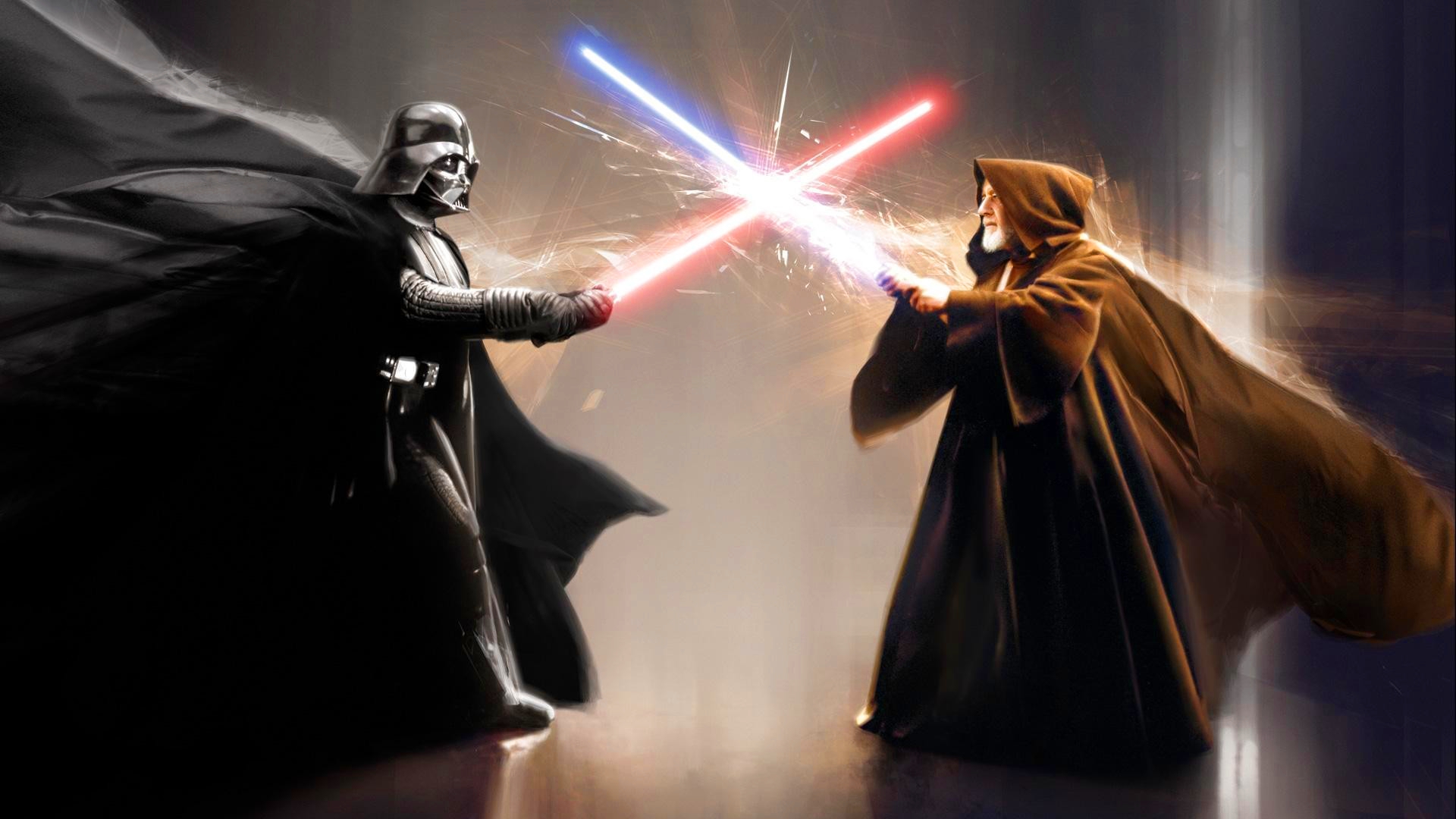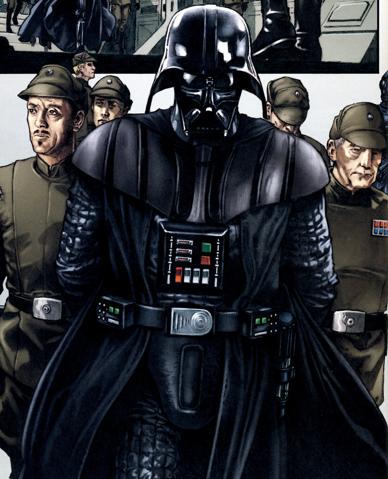What would Star Wars be without John Williams? The opening blast of horns, percussion and strings in the Star Wars theme is one of the most iconic moments in all of cinema. The music score for the film we now know as Episode IV: A New Hope has more than stood the test of time, being named #1 on the American Film Institute’s list of the all-time best movie scores, and each successive entry in the series only added to that legacy. Songs like the Cantina Theme, the Imperial March, Duel of the Fates and Battle of the Heroes are hummed across the world by hardcore fans and casual moviegoers alike. The series’ collective soundtrack ranks with the most iconic and influential film scores of all time.
You don’t have to rely on imagination to wonder what Star Wars would be without its soundtrack. If you watch the first trailer cut for the first film, you see iconic scenes from the Death Star escape and the cantina fight unfold in almost complete silence aside from a stock synthesized beat. It’s an eerie experience. John Williams gave the Star Wars films a sound that is at once classic and distinctive, filled with blaring trumpets, shouting horns, soaring violins, humming cellos, pounding drums and crashing cymbals. His work is a substantial part of what has made the films such icons of pop culture for the last four decades. Read More
 In our previous review
In our previous review
 What really makes a good villain? We’re surrounded by them, and in a galaxy whose defining conflict is that of good and evil, we need some adequate challengers from the dark side. Some villains are best defined by their over-the-top plotting, some are something of comic relief, and some are horrifying just by how familiar they are to us. We are surrounded by villains, and it’s time for a rogues’ gallery of the good, the bad, and the unintentionally funny.
What really makes a good villain? We’re surrounded by them, and in a galaxy whose defining conflict is that of good and evil, we need some adequate challengers from the dark side. Some villains are best defined by their over-the-top plotting, some are something of comic relief, and some are horrifying just by how familiar they are to us. We are surrounded by villains, and it’s time for a rogues’ gallery of the good, the bad, and the unintentionally funny. As I noted
As I noted 